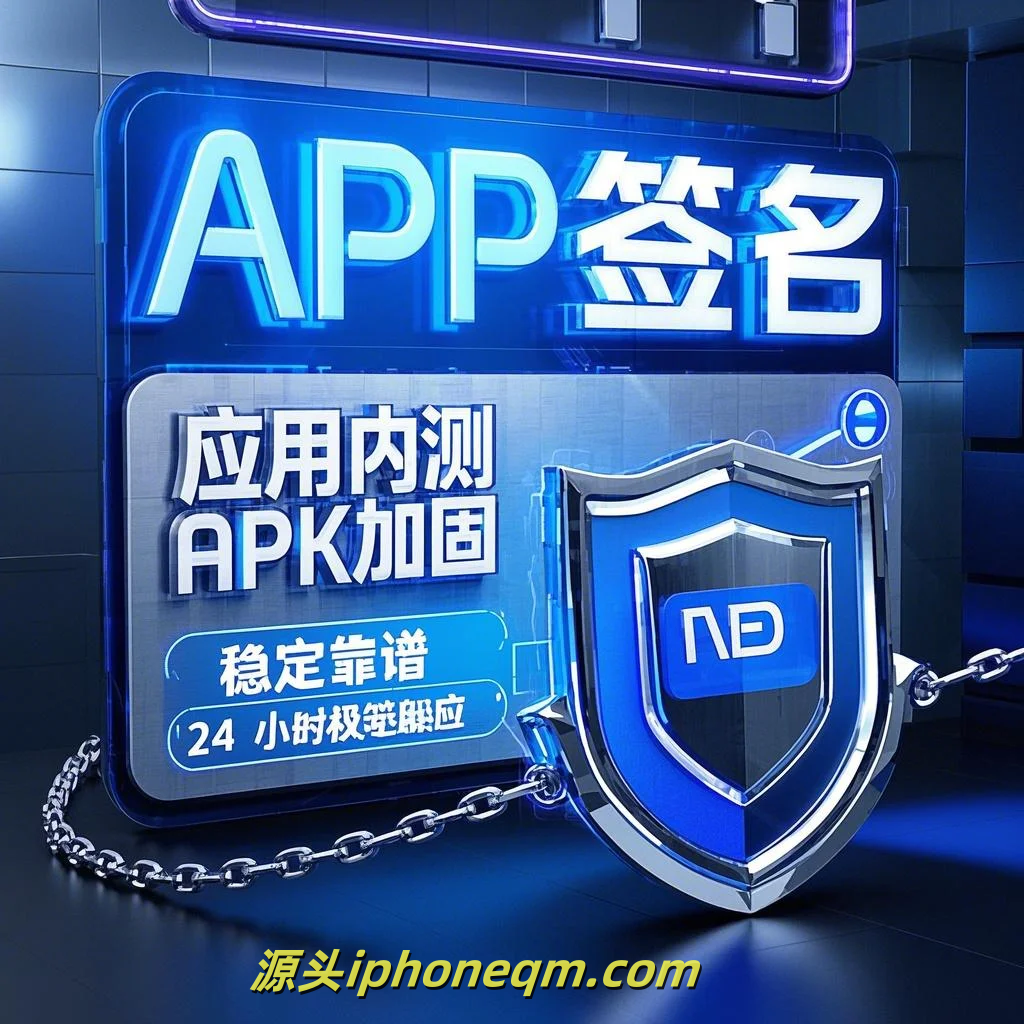Comprehensive Analysis of Apple Signing Methods
In the world of technology, signing methods play a crucial role in ensuring the security and authenticity of applications and software. Apple, as a leading tech company, has developed several signing methods to protect its ecosystem. This comprehensive analysis will examine Apple’s signing methods, particularly focusing on code signing, app signatures, and user authentication.
First, let’s dive into code signing. Code signing is a security measure that allows developers to sign their applications digitally. Apple uses the Code Signing Certificate, which is issued by Apple’s Developer Program. This certificate verifies the identity of the developer and ensures that the application has not been modified since it was signed. When a user attempts to install or run an application, the system checks the signature against the certificate. If the signature is valid, the application is allowed to run; if not, the system will block it. This method significantly reduces the risk of malware and unauthorized modifications.


Next up is App Store signatures. When developers submit their applications to the Apple App Store, Apple performs a rigorous review process. After the review, Apple signs the application with its own signature before distributing it to users. This App Store signing process is critical as it guarantees that the applications are safe, comply with Apple's strict guidelines, and are from verified developers. Users can have confidence that the app they are downloading is authentic and has not been tampered with.
Another important aspect of Apple’s signing methods is user authentication. Apple uses several techniques, including Face ID, Touch ID, and App-specific passwords to verify users' identities when accessing sensitive information or making purchases. These biometric authentication methods provide added layers of security, ensuring that only the authorized user can access personal data or make transactions. The integration of these features not only enhances user security but also improves user experience by making it quick and easy to authenticate.

Apple also offers developers tools such as Xcode for easier code signing. With Xcode, developers can manage their signing certificates and provisioning profiles directly within the development environment. This tool simplifies the signing process, making it more accessible, especially for new developers. They can easily identify and resolve issues related to their certificates, ensuring that their applications are compliant with Apple’s requirements before submission.
Furthermore, Apple has introduced the Apple Developer Enterprise Program, which allows companies to create and distribute their applications in a secure manner without going through the App Store. This method still requires code signing, but it offers more flexibility for businesses that need custom applications for internal use. These applications can be distributed within the organization, providing a controlled environment where security is maintained.
In conclusion, Apple’s signing methods play a vital role in protecting users and maintaining the integrity of its ecosystem. From code signing to App Store reviews and user authentication techniques, Apple implements a multifaceted approach to safeguard its applications. As technology continues to evolve, Apple remains committed to enhancing these signing methods to address emerging security challenges and ensure a safe user experience. By understanding these methods, users can appreciate the layers of security that are in place to protect their devices and personal information. Apple's dedication to security not only builds trust but also enhances its reputation as a leader in the tech industry.
扫描二维码推送至手机访问。
版权声明:本文由MDM苹果签名,IPA签名,苹果企业签名,苹果超级签,ios企业签名,iphoneqm.com发布,如需转载请注明出处。











